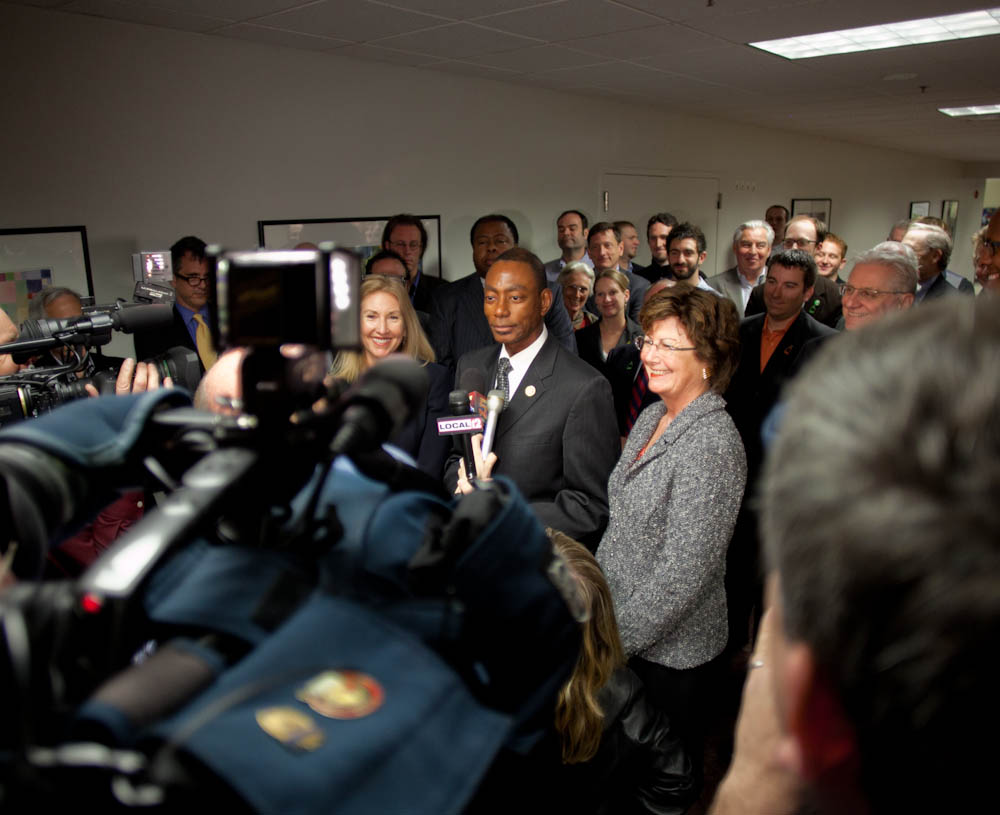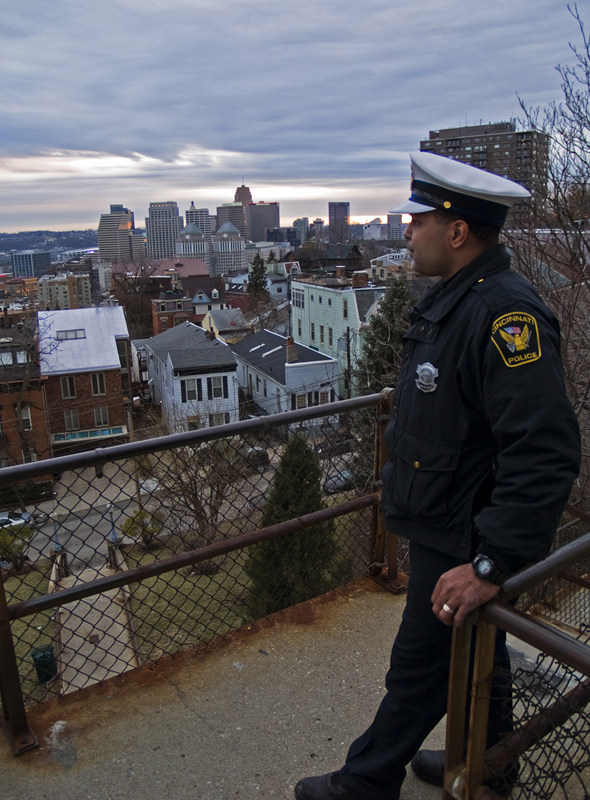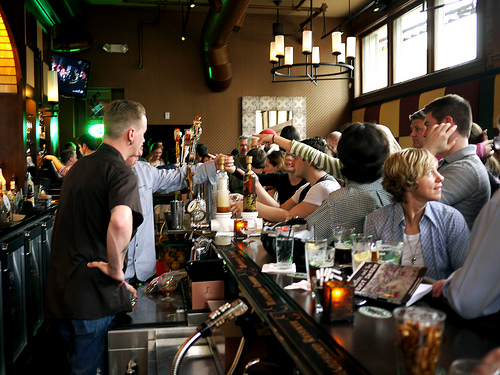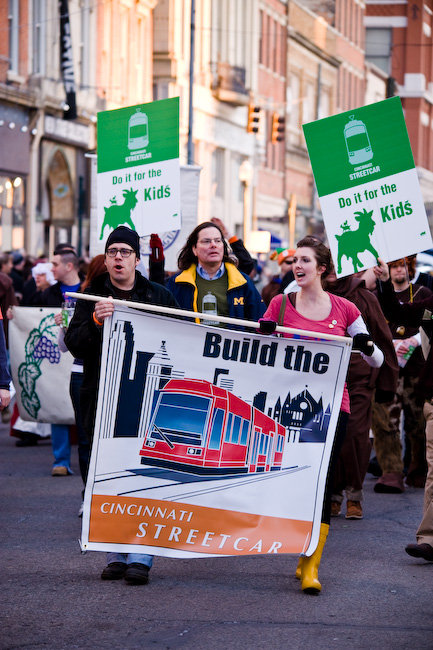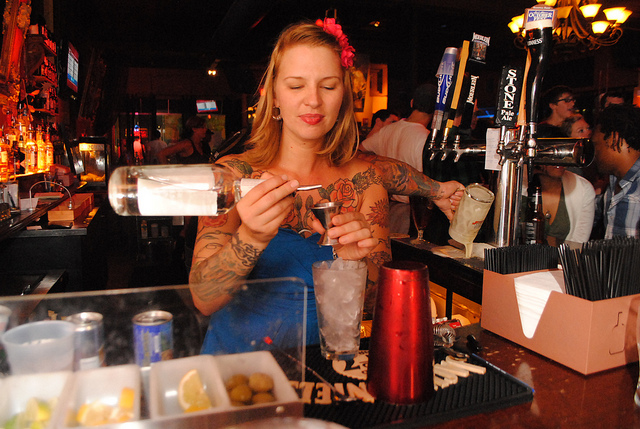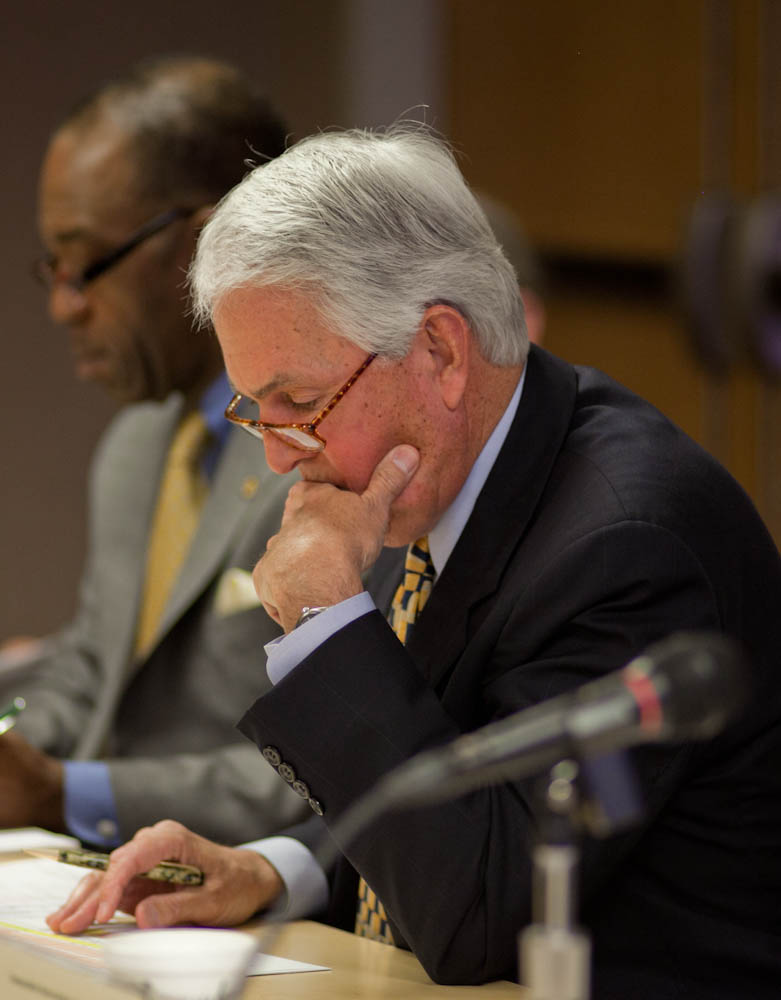 Ohio’s Transportation Review Advisory Council (TRAC) decided to move forward Tuesday morning and reallocate $51.8 million in state-appropriated federal funds from the Cincinnati Streetcar project. The unprecedented move reverses a unanimous recommendation, by TRAC, in December to support the state’s highest-ranking transportation project based on cost-effectiveness, economic development and environmental impacts.
Ohio’s Transportation Review Advisory Council (TRAC) decided to move forward Tuesday morning and reallocate $51.8 million in state-appropriated federal funds from the Cincinnati Streetcar project. The unprecedented move reverses a unanimous recommendation, by TRAC, in December to support the state’s highest-ranking transportation project based on cost-effectiveness, economic development and environmental impacts.
“We recognize that the prior TRAC recommendations overcommitted the state to more transportation projects than it could afford,” said Ken Prendergast, executive director of All Aboard Ohio. “But I fail to understand why, other than a political agenda dominated by oil, highway and exurban interests, the highest-ranking project in the state was completely eliminated.”
In previous votes, TRAC had approved and recommended money for the modern streetcar project based on a non-political scoring criteria that gave the project 84 out of 100 points. Thus, the removal of all of the project’s funding left many feeling that politics were injected into what is meant to be a non-political process. Out of all fiscal balancing approved on Tuesday, 52 percent came from the neutering of the Cincinnati Streetcar, and more than 80 percent from the Cincinnati region.
“It is unfortunate the State has injected politics into this process,” explained Cincinnatians for Progress chairman Rob Richardson. “We have a vision for providing transportation choices and it’s a shame Governor Kasich doesn’t share that same vision.”
Civic and business leaders descended on Columbus Tuesday morning in a last ditch effort to try to preserve the $51.8 million in funding for the modern streetcar project. It was estimated that nearly 100 people showed up for the meeting with the overwhelming majority showing up in support of the Cincinnati Streetcar project. A total of three people spoke in opposition to the project (Chris Finney, Tom Luken’s daughter and Tom Luken’s neighbor). Conversely, seven people (maximum allowed) spoke in favor of the project.
Specifically, a Christ Hospital representative stated that should the Cincinnati Streetcar be built the hospital would move forward with a planned $350 million expansion. Dustin Clark from the University of Cincinnati Student Government also cited a recent poll that showed 85 percent support amongst the UC student body for the project.

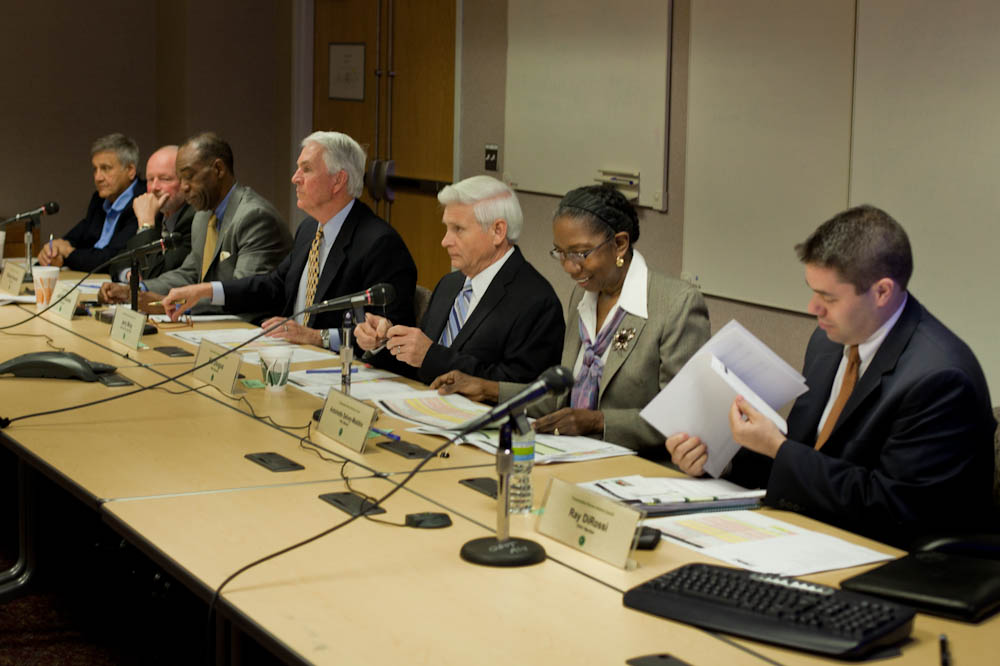
Cincinnati officials and streetcar supporters gather before the meeting [LEFT]. TRAC board members weigh their controversial decision shortly before voting 6-1 to reallocate the Cincinnati Streetcar’s $51.8 million [RIGHT].
Those residents and business owners left defeated, with many feeling cheated in the process. Additionally, All Aboard Ohio and the Ohio Environmental Council (OEC) condemned TRAC’s vote as the “antithesis to its legal purpose, and as anti-urban in its project selection.”
“This reversal of fortune does nothing to help Ohio’s downtowns,” said Jack Shaner, deputy director of the OEC. “It will only cart jobs and economic development to the exurbs and beyond. Steel rails, by contrast, are magnets that help keep downtown urban cores vibrant by attracting investment while reducing tailpipe emissions and raising the quality of life.”
Following the meeting, Mayor Mallory told UrbanCincy that the funding process had clearly become political, and that the City would reassess its strategy. Many expect that the project will still move forward, but with a scaled-down approach that would cut out the connection to uptown in the initial phase.
“The streetcar’s economic impact has been fully vetted by nationally-renowned experts,” Qualls said, citing a new study released last week that showed the streetcar would increase access to 130,000 jobs in the region. “Once again, the facts come down in support of the streetcar.”
Meanwhile at the meeting, Councilmember Quinlivan spoke pointedly to the support of those University of Cincinnati students and other young people.
“We know there’s a new sheriff in town, but he has not performed lobotomies on the TRAC members,” stated Quinlivan. “We’re not building the streetcar for grumpy old men; we’re building it for young people who want it. This is an essential attraction tool for young professionals.”
Photographs from April 12, 2011 TRAC meeting by Jake Mecklenborg for UrbanCincy.
